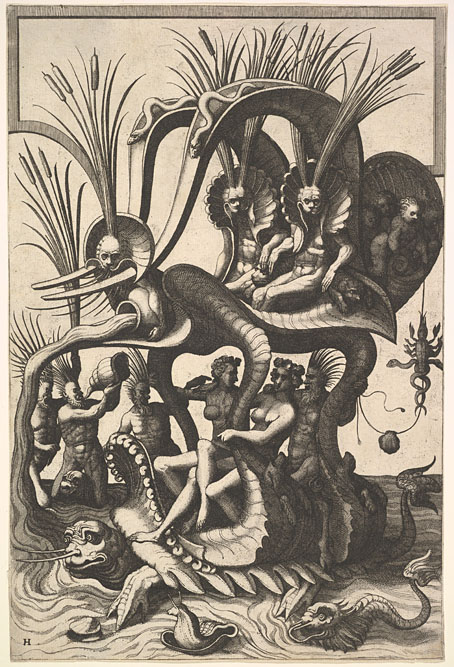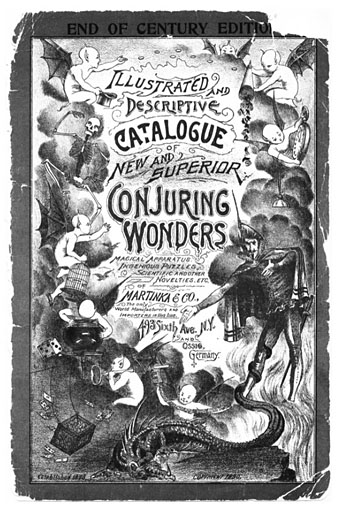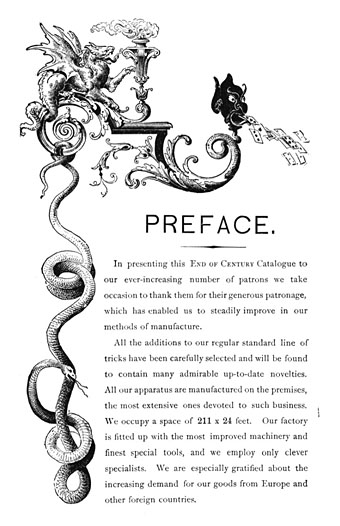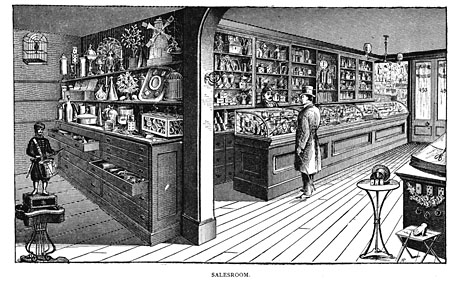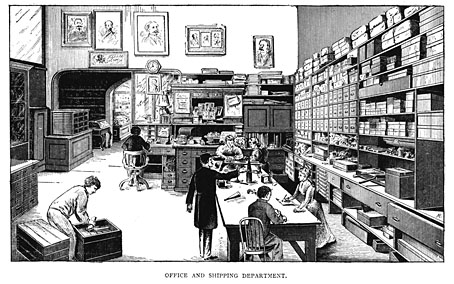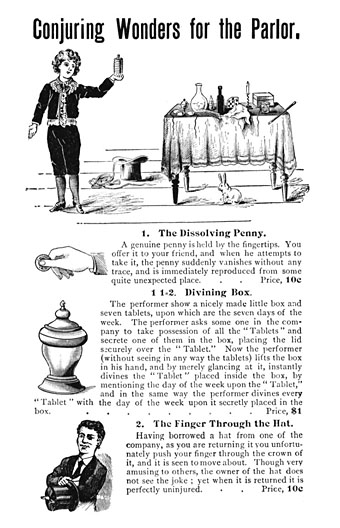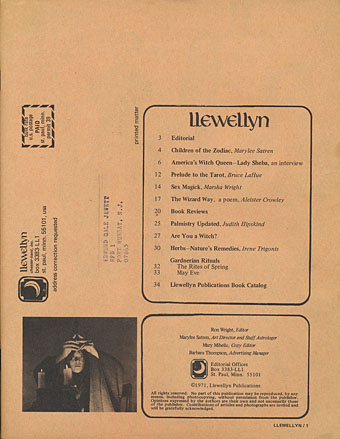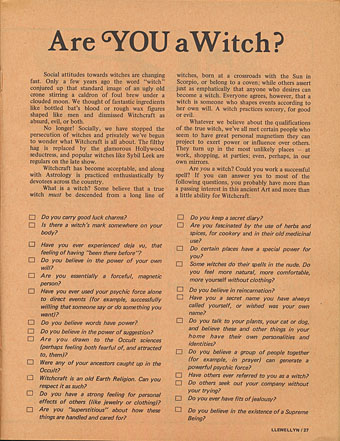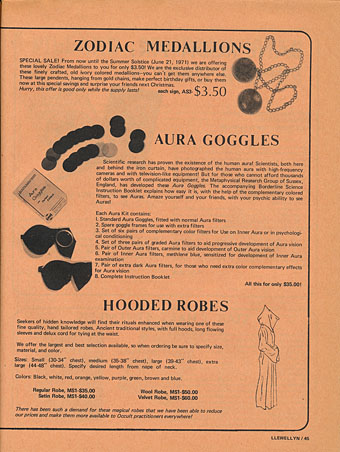
In recent discussions about AI ethics I’ve been seeing the same question raised by commenters, something like the following: “Okay, this stuff is bad…but if we shouldn’t use it then what can I use instead for my book cover/album cover/Substack article…?” This post is intended to provide one answer to the question, a guide to some of the more substantial alternatives for those who complain they can’t afford to hire a human being to decorate their work. Many of these archives have been around for years but searching for single images doesn’t always bring you to a useful copyright-free solution right away, especially if you’re using Google’s deteriorated service.
• Wikimedia Commons. An obvious yet indispensible resource, especially for illustration research, and one that’s continually updated and improved. I only noticed recently that Wikimedia now has very large scans of Ernst Haeckel’s Kunstformen der Natur that are much better quality than the books at the Internet Archive.
• The Internet Archive. And speaking of which… The Internet Archive has its own images section but for years now I’ve been mining the texts section looking for illustrated books. This isn’t an ideal solution for most purposes, not when the best material is often hidden under blank library covers, but persistence can be rewarding, especially where old engravings are concerned. Many of the 19th-century illustrations sold by stock libraries may be found here for free.
• Gallica. The public face of the Bibliothèque Nationale of France, and a very useful resource despite being cursed with a slow and buggy interface. There’s also a Gallica app but you’re better off using the website.
• Library of Congress. Excellent for anything to do with US history. Also a great selection of photochromes, among other things.
• NYPL Digital Collections. “Explore 1,060,155 items digitized from The New York Public Library’s collections.”
• Public Domain Image Archive. “Explore our hand-picked collection of 10,046 out-of-copyright works, free for all to browse, download, and reuse. This is a living database with new images added every week.”
• Smithsonian Open Access & Smithsonian Image Gallery
• Biodiversity Heritage Library. Animals and plants.
• Wellcome Collection. Public domain medical (and related) images.
• Metropolitan Museum of Art Open Access.
• The Getty Museum Open Content.
• The British Library Flickr Albums. A shame it’s Flickr, they really ought to have a dedicated site of their own for images.
• Europeana. “Discover Europe’s digital cultural heritage.”
• David Rumsey Map Collection. Maps, maps and more maps.
• NASA Image and Video Library. NASA materials have always been free to use so long as you also credit their source.
• ESO. ESO is the European Southern Observatory which is housed at a number of sites in the Chilean Atacama Desert. As with NASA, the high-resolution images created there are free to use so long as credit is included.
• National Library of Medicine. “Images from the history of medicine.”
• Pixabay. “Stunning royalty-free images & royalty-free stock.”
• Pexels. “The best free stock photos, royalty free images & videos shared by creators.”
• Unsplash. “All images can be downloaded and used for personal or commercial projects.”
• Exotic Animal Photo Reference Repository. “Artists creating derivative or transformative works without Generative AI have blanket permission to reference these photos.”
• Heidelberg Universitäts-Bibliotek: Art and satirical periodicals. An invaluable resource for European periodicals of the late 19th/early 20th centuries, with downloadable of scans of The Studio, The Yellow Book, Ver Sacrum, Pan, Jugend, and many other titles. Heidelberg is only one of many university libraries which now make parts of their collection available as free downloads. I’d love to point the way to the best of the others but I don’t have a useful list to hand. A recent discovery, however, is Polona, the site for the National Library of Poland which has a large quantity of prints and photographs as well as whole books. Happy searching!
Update: Added a few more links.

